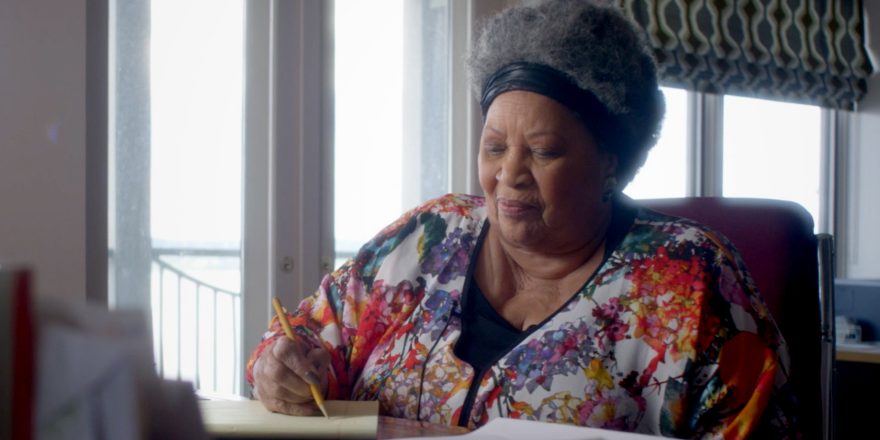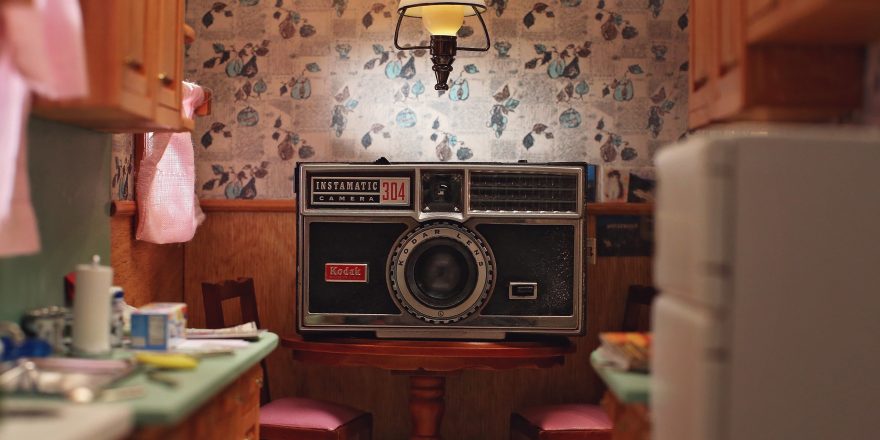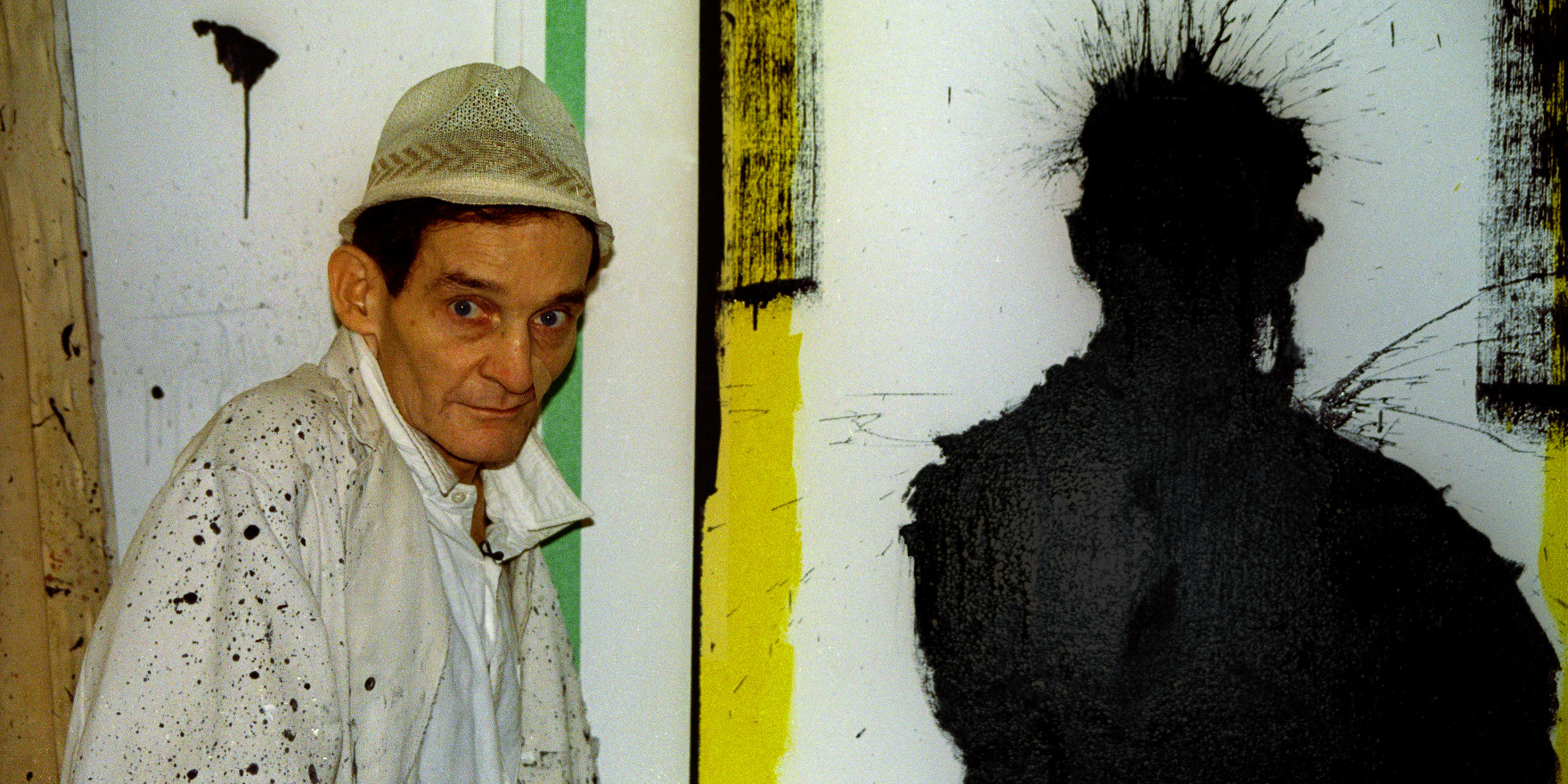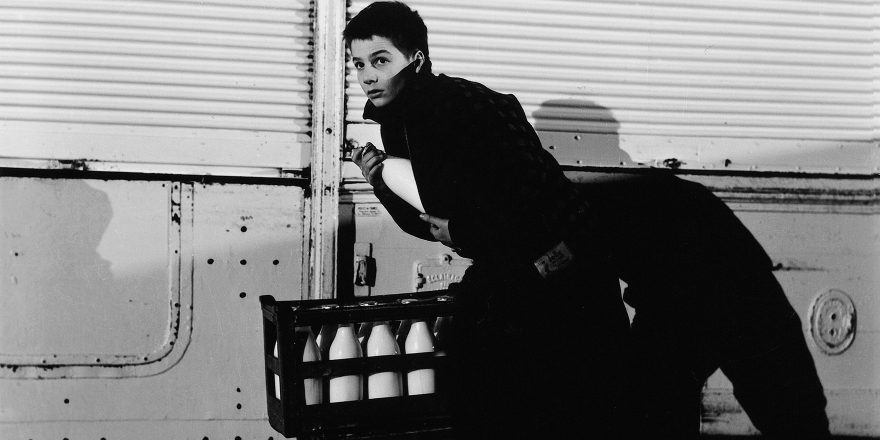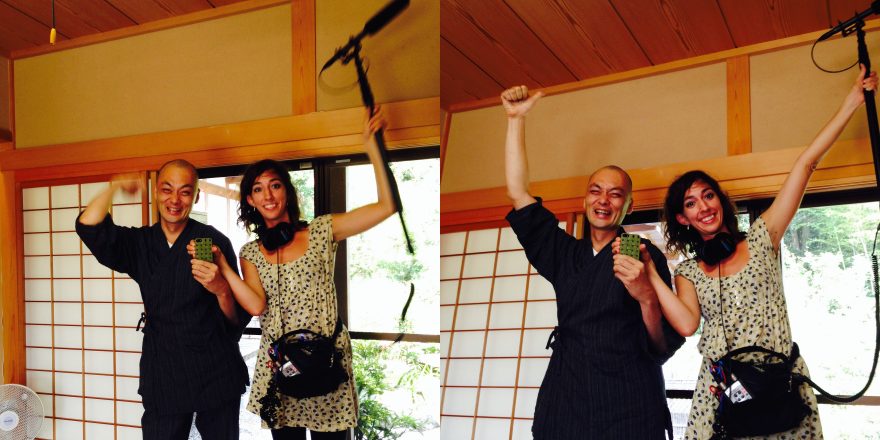I first photographed Toni Morrison in February 1981, when I was assigned to shoot her for the cover of SoHo News. Even though it was so long ago, I remember the photo shoot and our time together very well. She was wearing a white blouse and smoking a pipe. We had tea, then did the shoot and Toni tried on different outfits. At the end, I walked her to a cab.
A few years later, she asked me to photograph her for Vanity Fair. It was then that I grew closer to Toni and became her photographer of choice. As you photograph someone more and more, a comfort level is established. That person knows you, knows your studio, knows what you can do. You get to know each other. Having photographed Toni so many times over the years, it’s nurtured a certain trust between us. In the studio, you’re really right there with them, with the reality of their physicality.
Toni has always had a bigger-than-life presence, a confidence, that is rare. I remember it from way, way back – even at our first shoot – and I see it all the time in her. Toni really hasn’t changed that much from the first time I photographed her, but in 2008 I was adjusting her pose during a shoot and she said, “Be careful, I’m an old lady.” She doesn’t come across that way, she comes across as this formidable presence, as younger than she is. I remember thinking, “Oh, yeah, she’s more than 75 years old. I have to be a little more careful.” It was the first time I was aware of her getting older.
My idea for my film The Black List: Volume One, came out of my interactions with Toni. I was shooting her in 2005 when she was working on the opera Margaret Garner, for which she’d written the libretto. We were in my studio with some of the stars of the production, and Toni suggested to me that we do a book called Black Divas, because she’d interviewed so many extraordinary black singers for this opera project. “Why don’t you photograph it and I’ll write it?” That very quickly morphed into an exploration of African-American accomplishment – to not just film and photograph black divas, but to create a wide-ranging project on African Americans. Toni was the first to sit for that project, which was the first of my films to use direct-to-camera interviews. Having Toni on board opened the door to so many other people. For example, when we called up Colin Powell and said, “We’re doing this project and Toni Morrison sat for it already,” it clinched the deal. The Toni Morrison seal of approval! Toni’s original suggestion inspired what became my series of “List” films – a nine-film, 10-year project on the importance of identity, and doing it with these different communities of people.
When we finished The Black List: Volume One, I had a sense that here were 23 people, all of whom deserved his or her own feature documentary, but that the one I really wanted to make a film about was Toni. The years went by, however, and I continued to make the identity films – The Latino List, The Out List, The Women’s List and The Trans List. In 2014 or 2015, Toni was in her mid-eighties and I started to feel a sense of urgency: “If I’m gonna do this, I really should do it.” So I reached out to her to talk about a feature-length documentary on her life.
Luckily, she didn’t say no, which was a very good sign, because Toni makes up her mind very quickly. If she had said no, that would have been the end of it. When I had secured the budget, I went back to Toni and said, “I’ve got the money and I think we should start this.” I remember I brought Michael Kantor, our executive producer, and Tommy Walker, my longtime producing partner, up to meet with her and we all had vodka shots to celebrate the idea of doing the documentary.
In the interviews she did for Toni Morrison: The Pieces I Am, Toni is the Toni Morrison that I know. She’s extremely comfortable. She laughs a lot. She’s amused. She’s enjoying herself. A lot of that goes back to trust, to her knowing that I’m looking out for her, trying to show her at her best. She was relaxed because she felt she could be very open, and she is. There are some very funny moments – Toni can be hilarious – but she’s also very adamant and strong about a wide range of issues. There’s an interesting contrast between the interviews I did with her and the old interview footage in the film where she’s talking to Charlie Rose, Bill Moyers or Dick Cavett. She’s quite amazing in those too, but she’s “Toni Morrison,” and I like to think the person in the interviews at her home is Chloe Wofford.
There are certain images that I created of Toni that I know she loves, and those create a connection between us. She said to me the other day, that my profile shot of her is her favorite portrait of herself, and how it was also Marlon Brando’s. (I gave Brando a copy of it because he was a big fan of Toni’s. He would call her up at 3 a.m. and talk to her about her books and would try to tell her what they meant!)
As a portrait photographer, I find it fascinating how people see themselves in photographs that I take. When Toni and I go over the pictures after a shoot, she’s very clear about which one she thinks is the best one. It’s not always the most flattering, but it’s always the one that somehow feels like it will connect with other people.



